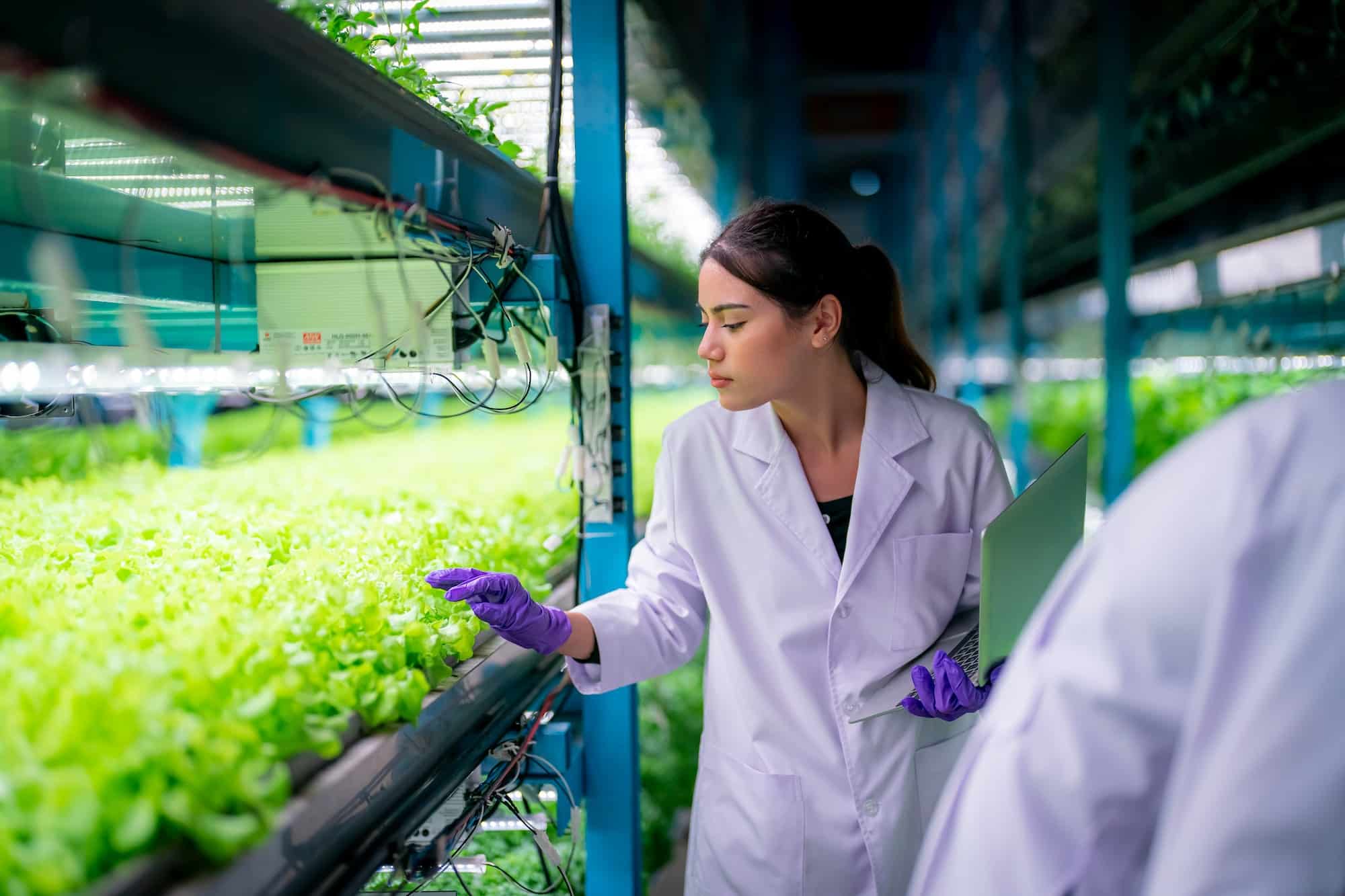What Are the Best Techniques for UK Gardeners to Implement Urban Vertical Farming?

Urban farming has been making waves across the globe as an innovative solution to food production in cities. As land scarcity becomes a pressing issue, the idea of growing crops vertically, rather than spreading out horizontally, has become an appealing prospect for many urban dwellers. In today's article, we will delve into an exploration of the best techniques for implementing vertical farming in gardens across the United Kingdom. The key to this form of agriculture lies not only in the physical structure of the farm but also in the careful management of various elements such as water, soil, and light.
Understanding the Basics of Vertical Farming
Before we dive into the specific techniques, it's vital to grasp the fundamentals of vertical farming. This method of growing crops is a form of urban farming that utilizes vertical space to produce food. Vertical farms can be established in various settings, from repurposed buildings to specifically designed structures, and even in residential gardens.
Avez-vous vu cela : What Role Does Consumer Psychology Play in UK Branding Strategies?
The primary benefit of vertical farming is its ability to maximize crop output per square metre. This is achieved by stacking layers of crops one on top of the other, either on shelves or using more complex hanging systems. This configuration allows for the efficient use of space, making it ideal for urban areas where land is in high demand and short supply.
However, the essence of vertical farming goes beyond just stacking plants. Most vertical farms utilize hydroponics or aeroponics - soilless methods of cultivation. These systems help manage water and nutrient delivery to the plants effectively, which is a critical factor in the success of vertical farming.
A voir aussi : How Can UK Companies Implement Successful Work-from-Home Policies?
Hydroponics: A Water-Efficient Approach
The first technique that you will need to master is hydroponics. In a vertical farm, hydroponics replaces traditional soil-based growing methods with a nutrient-rich water solution. This system not only eliminates the need for soil but also makes it possible to precisely control the amount of water and nutrients that each plant receives. By carefully monitoring and adjusting these factors, you can maximize plant health and yield.
Hydroponics has gained popularity in vertical farming due to its water efficiency. Since the water in a hydroponic system is recirculated, it uses significantly less water than traditional farming. This feature makes it a highly sustainable form of agriculture, particularly in urban areas where water resources may be limited.
Implementing a hydroponic system in your garden will require some investment in equipment, but the benefits of increased yield and water efficiency often outweigh the initial cost.
Aeroponics: Maximizing Air and Light Exposure
Aeroponics is another soilless farming method that is well-suited to vertical farms. This technique involves growing plants in an air or mist environment with no soil and minimal water. The roots of the plants are suspended in air and misted with a nutrient-rich water solution, allowing the plants to absorb essential nutrients and oxygen directly.
Aeroponics is particularly effective in a vertical farming setup as it allows for maximum exposure to air and light. As the plants are not restricted by soil or water medium, they can grow freely in all directions, allowing for better growth and higher yields.
Adopting an aeroponic system can be a bit more challenging than hydroponics due to the need for precise control over the misting schedule and nutrient balance. However, with careful management, this technique can lead to impressive results in your vertical farm.
Lighting Techniques for Vertical Farming
Lighting is another critical factor to consider when establishing a vertical farm. As the plants are stacked vertically, ensuring that each layer receives adequate light can be a challenge. Traditional sunlight may not be sufficient or evenly distributed, particularly for the lower layers.
To overcome this challenge, most vertical farms incorporate artificial lighting. LED grow lights are a popular choice due to their energy efficiency and ability to provide a full spectrum of light. By carefully positioning these lights, you can ensure that all your plants receive the light they need to grow.
Choosing the Right Crops for Vertical Farming
Lastly, the success of your vertical farm will largely depend on choosing the right crops. Not all plants are suitable for vertical farming. You will want to opt for plants that have a small footprint and are relatively easy to maintain.
Leafy greens such as lettuce, spinach, and kale are excellent choices for vertical farming. Herbs, strawberries, and other small fruiting plants can also be grown successfully in a vertical setup.
In conclusion, vertical farming is a promising and sustainable form of urban agriculture that can be successfully implemented in UK gardens. By mastering techniques like hydroponics and aeroponics, optimizing lighting, and selecting suitable crops, you can transform your garden into a productive urban farm.
Overcoming Climate Change Challenges with Vertical Farming
Climate change is posing significant challenges to traditional farming methods. Rising temperatures, unpredictable weather patterns, and frequent droughts are all threatening our ability to produce food. Urban farming, particularly vertical farming, is emerging as a viable solution to these challenges.
Vertical farms provide a controlled environment where temperature, humidity, and light can be precisely managed, irrespective of external climatic conditions. This control over the environment not only facilitates year-round food production but also safeguards against the impacts of climate change.
In urban areas, where the effects of climate change can be exacerbated by the urban heat island effect – the phenomena where urban regions experience warmer temperatures than their rural surroundings – the importance of such controlled conditions cannot be overstated.
Vertical farming also contributes to climate change mitigation. The vertical nature of these farms means they take up a limited space, reducing the need for deforestation and thereby preserving our carbon sinks. Furthermore, the localised production and consumption of food in vertical farms cut down on transportation emissions, contributing to urban sustainability.
However, it should be noted that vertical farming is energy-intensive, primarily due to the need for artificial lighting and climate control systems. Urban farmers, therefore, need to consider sustainable energy sources to power their vertical farms. Solar power or wind energy could be potential solutions that align with the overall sustainability goals of vertical farming.
Enhancing Food Security with Urban Vertical Farming
Food security is a growing concern, particularly in urban areas where access to fresh and healthy food can be challenging. Vertical farming presents a viable solution to enhance food security in cities.
The high yield per square metre in vertical farms means that they can produce substantial amounts of food in a limited space. The ability to grow crops year-round, regardless of the season, also considerably increases their productivity compared to traditional farming methods.
Moreover, vertical farms can ensure the freshness and nutritional value of their produce. As the food is grown locally, it can be harvested and delivered to consumers on the same day, reducing the need for long-term storage and transportation, which can degrade the quality of the food.
Furthermore, vertical farming can contribute to a more diversified urban food system. It allows for the cultivation of a wide variety of crops, including exotic varieties that would not typically be locally available. This diversity not only enhances the local diet but also reduces dependence on imported food, further strengthening urban food security.
However, as with any farming method, vertical farming is not without its challenges. Initial setup costs can be high, and the operation requires technical knowledge, particularly when implementing hydroponic systems. Therefore, support from local authorities in terms of subsidies and education can be crucial to encourage the uptake of vertical farming among urban dwellers.
Conclusion
Vertical farming presents a feasible solution for urban agriculture, offering a means to enhance food security, combat climate change, and make the most of limited space within urban areas. With techniques such as hydroponics and aeroponics, urban farmers can create high-yielding, sustainable farms right in their gardens.
While the initial costs and technical knowledge required may pose some challenges, the long-term benefits of vertical farming – both for individual urban farmers and for the city as a whole – make it a worthwhile endeavour. As our cities continue to grow, and the impacts of climate change become increasingly apparent, urban vertical farming could play a crucial role in our future food production systems.
